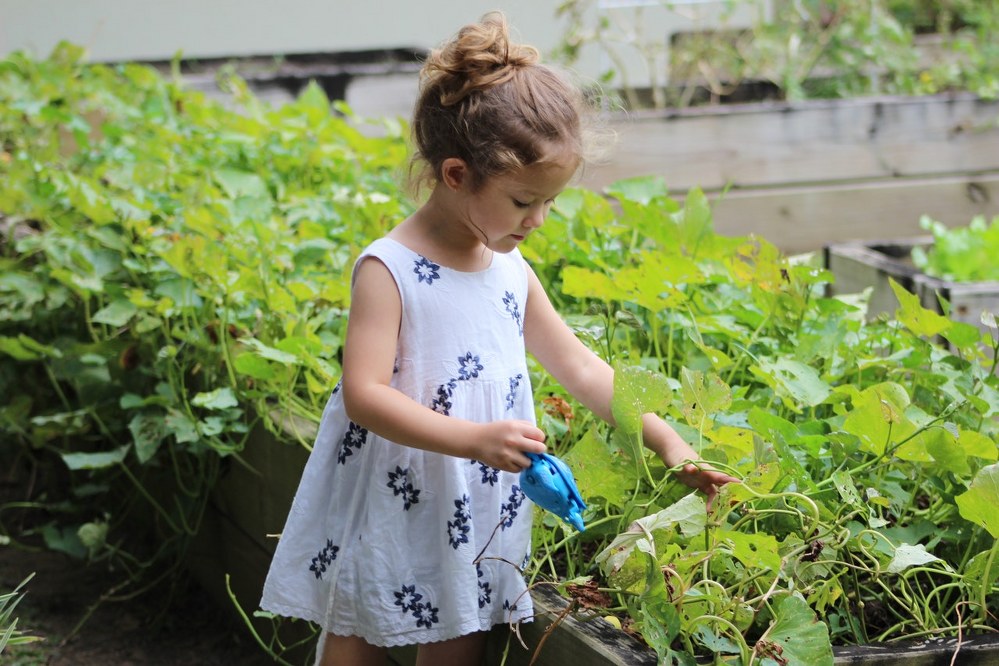Tips to plan, arrange and decorate a children’s vegetable garden.
If your children (or grandchildren) like to help you with the flowers and vegetables and enjoy spending time in your garden, then you have probably already picked up on their interest in gardening. What better way to satisfy the curiosity of your offspring and their thirst for creativity, discovery, and experimentation, than with growing their own plants? And as an added bonus, you might get the kids to eat vegetables, or at least a wider variety of greens. Picking mini cucumbers, pea pods, cherry tomatoes and berries straight from the plant is not just tasty and fun, but also a great way to get the much needed vitamins for kids. Sure, over time, kids’ enthusiasm might wane but don’t let that put you off. Nurture their interest and give them a sense of responsibility and a hobby you can enjoy together – whether or not that turns into a pastime for months or a lifetime. If you do not want to risk entrusting your children with the watering or weeding of your own beds (although some 4 to 5 years-olds cope with this successfully and with pleasure), then setting up a separate vegetable garden for them is a great solution: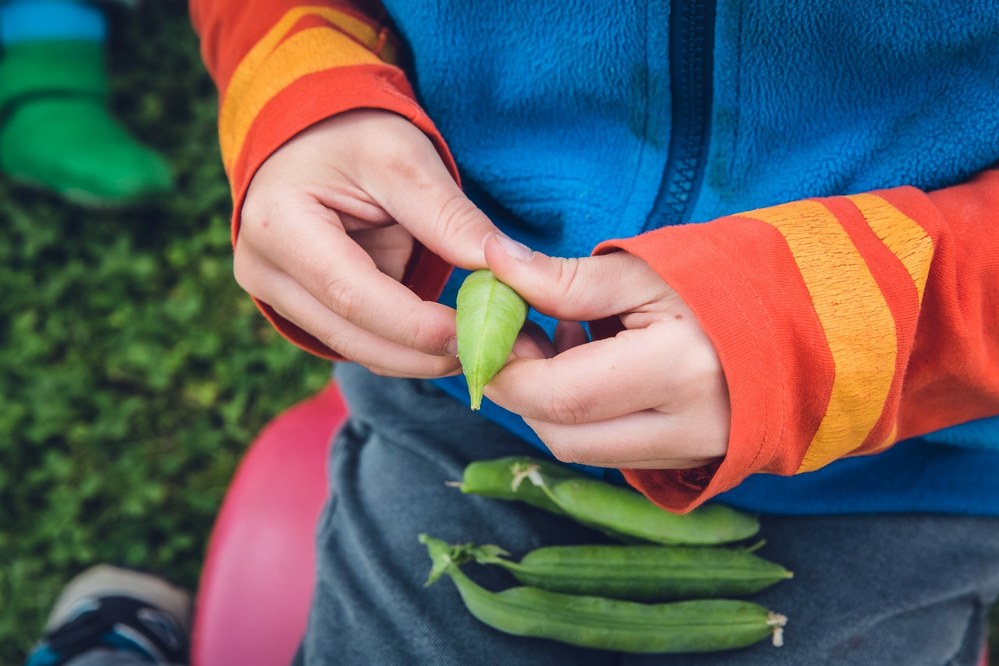
Area planning
There is no need to give your kids a large area – sometimes a single garden-bed is quite enough. However, everything depends on your capabilities and the desire/abilities of the child. If your kids like to dig in the ground more than kick a ball about, let them create and experiment as they please in a larger area.
Arrange your children’s vegetable garden in such a way that it is convenient for you to observe the young plant breeders: If necessary, you can always come to the rescue, and you might feel calmer when the kids are under supervision. Make sure that there is a safe source of water for watering (the pond is not suitable – they can fall into it when scooping up the water). Check the whole area for safety – sometimes the threat hides where it’s least expected.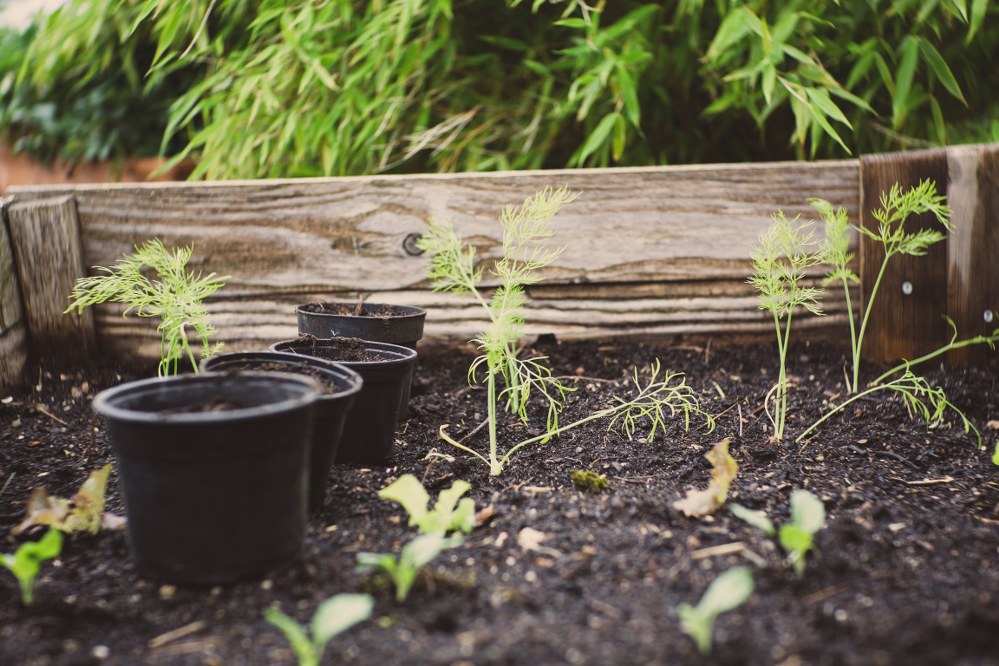 You will probably be doing most of the digging up and laying out of out the beds if your kids are still young, but you can pick and design the location together. Choose the size of your vegetable beds according to the age and height of your children: It should be convenient for the kids to take care of their plants. If you want to have a regular vegetable garden with strict geometric beds, give preference to small squares or narrow rectangles.
You will probably be doing most of the digging up and laying out of out the beds if your kids are still young, but you can pick and design the location together. Choose the size of your vegetable beds according to the age and height of your children: It should be convenient for the kids to take care of their plants. If you want to have a regular vegetable garden with strict geometric beds, give preference to small squares or narrow rectangles.
If you do not want to dig or set out beds, why not try a vegetable garden in containers? This portable variant can be relocated if necessary. For example, in rainy summers, you could simply move your plant boxes to a covered terrace or veranda, providing they are not too heavy. In addition, the containers themselves can become an interesting element of your site decor: Try wooden trough planters, vegetable trugs or wheelbarrow planters. Just don’t forget to keep an eye on the moisture content of the soil – in containers, soil dries up faster than in usual beds, so kids will have to water their vegetable plants more often.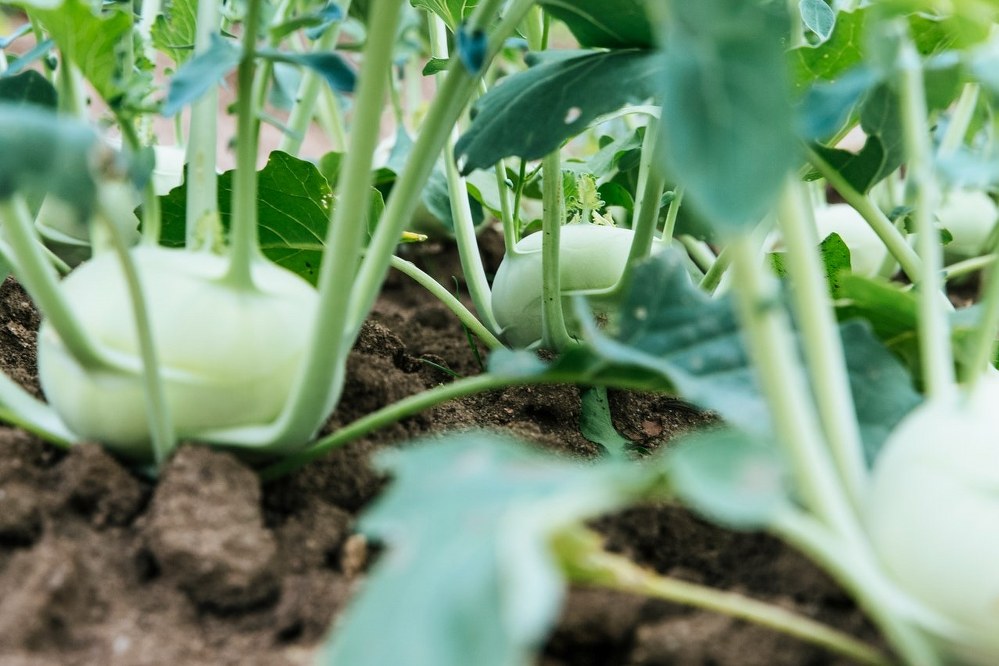 A simple and unpretentious option for those who have little or no time are ready made planters, so called grow bags. Grow bags contain a special soil mix and a moisture retention formula, so require less watering and feeding. Place the bags directly on the ground, or on a low stand, make small holes in them for plants – and the bed is ready.
A simple and unpretentious option for those who have little or no time are ready made planters, so called grow bags. Grow bags contain a special soil mix and a moisture retention formula, so require less watering and feeding. Place the bags directly on the ground, or on a low stand, make small holes in them for plants – and the bed is ready.
Another option, if you don’t have a garden, is creating a planting area indoors using plant pots and troughs. All you need is a light and airy room, such as a conservatory or a south facing room with big windows. If you don’t have either, you could simply get LED grow lights to recreate the conditions of a greenhouse or garden.
There are, however, a few downsides to this solution that you might want to consider:
- First of all, made of black plastic sheeting, these bags can become very hot in the sun, resulting in overheating of roots. This should be kept in mind when choosing a place for the vegetable garden.
- Secondly, it is more difficult to water plants and control soil moisture in such conditions. To avoid moisture accumulation and root decay, use a thick nail at the bottom of the bag to puncture drainage holes for excess moisture outflow.
- Thirdly, choosing the right soil is essential: not all grow bags are of the same quality and suitable for all plant species. To ensure that your child is not disappointed with their gardening because of unsuccessful experiments, buy only proven soil mixtures.
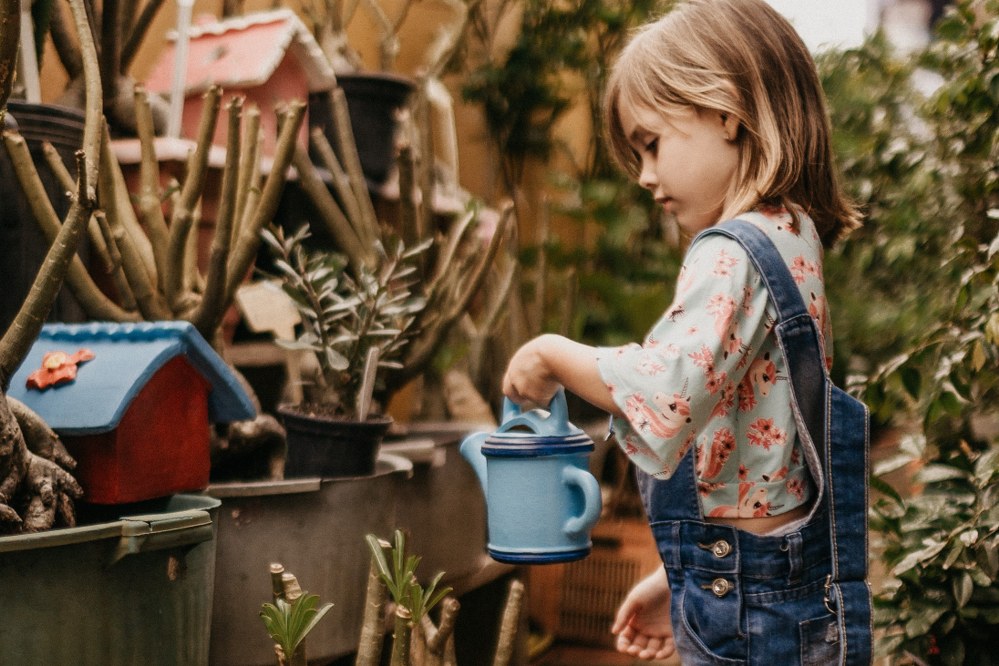 Arrangement and decoration
Arrangement and decoration
Various decorative elements are suitable for a children’s garden: scarecrows, animal sculptures, wind turbines, weathercocks, etc. For climbing plants (e.g. beans) small pyramids of willow sticks are convenient. Be sure to make signs with names for the plants you cultivated and help your kids place them in their vegetable patch. If they can’t read yet, paint pictures instead of words.
The beds are better done with fences. It is both beautiful and practical: The soil does not crumble, and you have no weeds on the sides. It is possible to use regular planks (well-coated to avoid splinters). Paint the edges for better wood preservation and additional decorative effect. Wicker fences look interesting as well, but they are more time-consuming.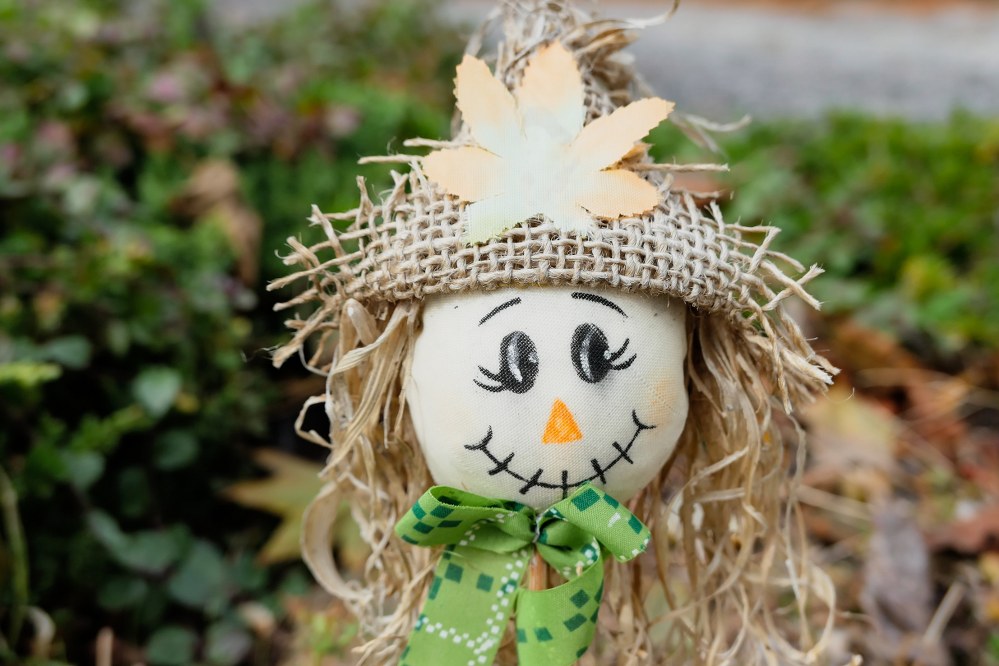 Of course, young gardeners should have their own garden tools – beautiful, bright, and convenient to work with. You can pick them up in your local garden centre or go online to find the best products.
Of course, young gardeners should have their own garden tools – beautiful, bright, and convenient to work with. You can pick them up in your local garden centre or go online to find the best products.
The paths between the beds are best mulched: This not only looks good but also keeps the weeds away. A simpler option would be to cover the inter-row spacing with geotextiles, also called weed membranes, or any other black non-woven material (not sheeting), topped with a layer of sand. Geotextile is a permeable fabric that lets in moisture but prevents weeds from growing and sand washout which is probably the most suitable material for the paths.
If you want to keep the kids interested and enthusiastic about their vegetable garden, it is essential to create everything together. Let them feel like the owners of this small piece of garden from the very beginning. Let them feel responsible for what will grow in their little vegetable garden and confident that you will always be there to show and teach them what you know.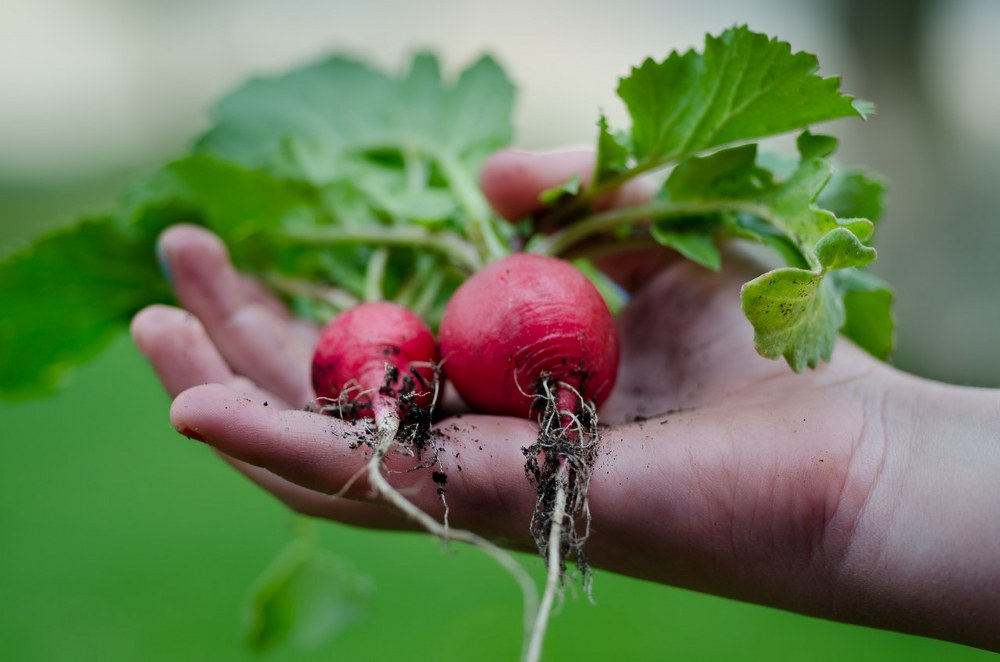 Now you have created a vegetable garden, the real fun starts: Your children will love planting seeds, watch them sprout and grow and finally harvest what they have grown themselves. And you can enjoy watching the kids enjoy the process and reap the rewards of their hard work.
Now you have created a vegetable garden, the real fun starts: Your children will love planting seeds, watch them sprout and grow and finally harvest what they have grown themselves. And you can enjoy watching the kids enjoy the process and reap the rewards of their hard work.
Do your children have their own garden? What is growing there? Do they like to take care of plants? Share your thoughts and ideas below!
Author the author:
Roy is a literary enthusiast, a loving father of twins, a programmer in a custom software company, editor in chief of TheHomeDweller, greedy reader, and a gardener.
About Single Parents on Holiday:
Single Parents on Holiday offer fabulous group holidays in 4-star accommodation, including single parent ski holidays, beach, farm and activity holidays for single parents, and singles holidays for solo travellers without kids.
Other popular posts you might enjoy:

